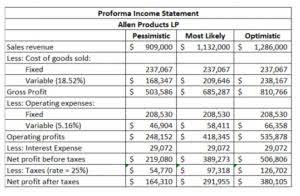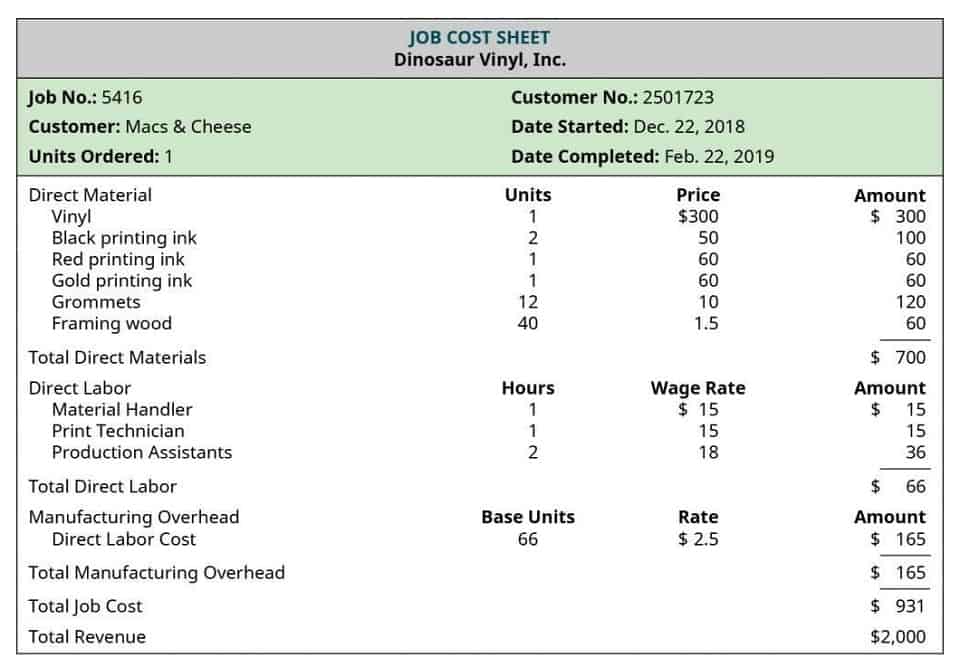
Opened a business bank account with a deposit of $55,000 from personal funds. The following transactions are typical transactions t accounts from accounting textbooks. Each transaction is broken into its parts with clear explanations.

T Account What Is It, Examples, Format, Related Terminologies
This T appearance has led to the convention of ledger accounts being referred to as T-accounts. When all transactions are posted to T-Accounts, the balance of the accounts is calculated. To calculate the balance for each account, follow these steps for each account. The chart below shows the complete set of T-accounts for the example transactions discussed in this article.
Tax Liability Accrual Explained
In this case, we are decreasing cash so we credit it. Underneath the top line, debits are listed on the left and credits are recorded on the right, separated by the vertical line of the letter T. This layout makes it easy to see the balance of each account. Adjusting entries are frequently prepared using T-accounts. According to the accrual accounting matching principle, all expenses and income for the period must match. The T-account instructs accountants on how to input information in a ledger to obtain an adjusted balance, ensuring that revenues and costs are equal.

How To Calculate T-Account Balances
By using the T-account, accountants can ensure that the accounting equation remains balanced and that financial statements are accurate and reliable. The best way to understand how the rules of double-entry bookkeeping work is to consider an example. We will now record the six transactions carried out by Edgar Edwards Enterprises in the appropriate T-accounts. Rather than use the main equity account, we use an account specifically for tracking withdrawals by the owner.
Debit entries are recorded on the left side of the T-account, while credit entries are recorded on the right side. Debits are recorded on the left side of a T account, while credits are recorded on the right side. This helps keep transactions organized and easy to follow. In Section 2.3 we recorded the consequences of these transactions in a balance sheet for Edgar Edwards Enterprises dated 6/7/20X2.
- For example, if you have an asset account, you would expect a debit balance.
- The funds become a business asset recorded in the company’s books under an account called “Cash”.
- Before diving into why T accounts are used in accounting, let’s kick things off with some basic accounting definitions you’ll need to knw to properly understand how T accounts work.
- Debit entries decrease revenue accounts, while credit entries increase them.
- In the Cash T-Account, the $8,300 payment of cash goes on the right (credit) side of the account because Cash is decreasing.
- I begin by drawing two T-accounts, marking one as the balance sheet account, and one as the income statement account.
Optimizing Accounting Reserve Account Management Strategies
- T account debit credit basics are essential to understand for anyone learning accounting.
- Assets are things that a company owns, such as cash, inventory, buildings, and equipment.
- Supplies (the asset) has the account type of Asset.
- T-accounts can also be used to extract information, such as the nature of a transaction that occurred on a particular day or the balance and movements of each account.
- This is done according to time-honoured rules which treat asset accounts differently from liability accounts and the capital account.
- It summarizes all the transactions from every account that were posted throughout the year.
During the month, we have gone to the office supply closet and taken out pens, sticky retained earnings balance sheet notes, and markers. Right now, our Supplies account says we have $3,300 worth of supplies in the supply closet, but this is no longer accurate. In the Accounts Payable T-Account, the $2,290 payment goes on the left (debit) side of the account because the liability is decreasing.
- Because T accounts are posted into the General Ledger of a business, they’re also commonly recognized as ledger accounts.
- Debits and credits are recorded on opposite sides of the T-account.
- It’s essentially a page with a large letter T drawn on it, which is where the term comes from.
- It is a staple of accounting education due to its simple and visual approach for demonstrating increases and decreases in double-entry accounting.
Recording Transactions
To put it differently, the funds represent the owner’s equity in the business and are recorded in an account called “Owner’s Name, Equity” or “Owner’s Name, Capital”. The funds become a business asset recorded in the company’s books under an account called “Cash”. In this example, there are three debit entries and one credit entry, with each column adding up to $16,800. Assets are things that a company owns, such as cash, inventory, buildings, and equipment.
Small Businesses
- CGAA will not be liable for any losses and/or damages incurred with the use of the information provided.
- If that’s not the case, make sure to double-check your books as you’ve probably made an accounting error along the way.
- Liabilities and equity are recorded on the right side of the ledger.
- This will be the record you consult when you run your financial reports.
- An informal word for a set of financial records that employ double-entry bookkeeping is a T-account.
- Recording transactions in a T-account is a straightforward process.
- The expense account we will use for the rent we paid is Rent Expense.
Supplies (the asset) works like an https://www.bookstime.com/articles/vertical-analysis inventory account. You hold the supplies in an inventory until they are used. When supplies are used, they are moved from the asset account into the expense account. A T-account is a simplified or informal version of an account used to show increases and decreases in recording business transactions. It is called a T-Account because it is shaped like the letter T.
Impact on the Accounting Equation:

The expense account we are using are Auto Expense and Miscellaneous Expense. In this case, we debit each expense account for the amount of the expense. Accounts Receivable has the account type of Asset. It is a staple of accounting education due to its simple and visual approach for demonstrating increases and decreases in double-entry accounting. Accountants sometimes use T-Accounts to visually plan out a complicated journal entry.
